Saturated fats play many important biologic roles. They are an integral component of cell membranes, which are 50 percent saturated fat. Lung surfactant is composed entirely, when available, of one particular saturated fat, 16-carbon palmitic acid. Properly made with this fat, it prevents asthma and other breathing disorders. For nourishment, heart muscle cells prefer saturated long-chain palmitic and 18-carbon stearic acid over carbohydrates. Saturated fats are required for bone to assimilate calcium effectively. They help the liver clear out fat and provide protection from the adverse effects of alcohol and medications like acetaminophen.And he didn't even mention all the fat soluble vitamins!
Medium-chain saturated fats in butter and coconut oil, 12-carbon lauric acid and 14-carbon myristic acid, play an important role in the immune system. They stabilize proteins that enable white blood cells to more effectively recognize and destroy invading viruses, bacteria, and fungi, and also fight tumors. Saturated fatty acids function as signaling messengers for hormone production, including insulin. And saturated fats signal satiety. Not surprisingly, given all these biological functions, saturated fats make up 54 percent of the fat in mother's breast milk (monounsaturated fats are 39 percent; and polyunsaturated fats, a tiny 3 percent). (Health Benefits of a Low-Carbohydrate, High-Saturated Fat Diet, by Donald W. Miller, Jr., MD).
While you may already know about the benefits of animal fats in the diet, rendering is not a skill most of us learned from our mothers, is it? The basics of rendering lard (pork fat), tallow (beef fat), schmaltz (chicken fat), ghee (butter fat), sheep fat, duck fat and goose fat are all the same, but you can use a variety of techniques to achieve the same result. In the coming weeks, I'll post of series of rendering how-tos and show you different methods that you can use in your kitchen. In this series, I'll cover rendering fats from fowl, cleaning drippings and broth skimmings, and making ghee. In today's post, I'll demonstrate how I render lard, but the method is the same for fats from beef, bison, and lamb as well.
Lard, Tallow, Bison, and Lamb Fat
Fat from the carcass of an animal contains more than just fat. There may be blood, connective tissue, skin, or meat with the fat as well as some of water. These other substances can cause fat to go rancid, lower a fat's smoke point, or cause it to sputter when heated. The goal of rendering fat is to purify it, removing the non-fat so that it will keep for a long time and be useful for higher temperature cooking.
In a nutshell, rendering requires three different phase changes: the fat liquifies, the proteins solidify, and the water evaporates. Once the water turns to vapor, the proteins and other solids are removed using a filter and all that remains is pure fat.
The cleanest fat for rendering comes from around the organs of an animal, this is known as leaf lard or suet when it comes from a pig or a cow, respectively. As you can see from the picture above, the unrendered leaf lard has no meat or skin. You can render fats from trimmings or the fat back, but remove as much of the meat as you can before you start (leave the skin on if you want fried rinds). Cut the fat into cubes.
Add a bit of water, about 2-4 tablespoons per pound of fat, to prevent the fat from burning to the bottom of the cooking vessel. Cook in a slow cooker, oven set to 250F, or on the stove over a medium-low heat in a heavy-bottomed pan. Stir occasionally, scraping any bits that are stuck to the bottom or sides of your pan. Slow and low is the key, which is why I prefer using my slow cooker. Its gentle heat is perfect for rendering these fats. Try to keep the fat at around 220F to 250F (use a candy thermometer), hot enough to boil off any water, but not so hot that the proteins will burn.
Cook until the fat is melted, all sputtering has stopped (which means all the water has evaporated), and all that remains are solid pieces of well fried skin or cracklings. Remove from the heat and allow to cool a bit before filtering. You can eat the cracklings yourself, feed them to your chickens, or mix them with peanut butter and birdseed as a treat for birds and other backyard wildlife.
I store my fats in wide-mouth pint and half-pint canning jars, which are suitable for freezing. I save a step by filtering directly into jars by setting a cloth-lined sieve in a canning funnel. The sieve stays in place on its own, freeing both my hands.
Don't pour fat directly from heat into a jar! Fat can get quite hot and thermal shock can break jars, so always allow the fat to cool for a few minutes before jarring it up. Top the jar with a canning lid and ring while the fat is still hot and it should create a vacuum seal.
Expect to get almost one pint of rendered fat from every pound of clean, unrendered organ fat. Yields may be lower with trimmings and fat back.
While still hot and liquid, fats will appear golden, but as they cool they'll turn creamy white, as shown in the photo at the top of this post. Properly rendered lard will keep in the fridge for months, in the freezer for years. I know that rendered fats will keep for some time on the counter, but usually keep unopened jars in my freezer, opened jars in the fridge, and just what I'll use up that week on the stove.
The rendered fats of pork, beef, bison and lamb are solid at room temperature due to their percentage of saturated fats. Beef tallow and bison fat can be brittle at fridge temperature, while lard tends to remain soft, like shortening (which was marketed as a replacement for lard in the early 20th century). Lamb fat is softer than beef fat, but harder than lard at room temp. Lard is preferred for pastry dough, while tallow is wonderful for high-temperature frying - potatoes are especially good fried in tallow. Thanks to its naturally moisturizing lanolin, sheep tallow is particularly good for making soap, but you can use any fat.
Comment:
There you have it! Start your rendering!
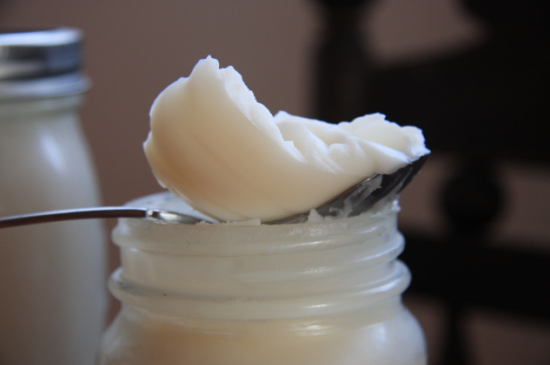
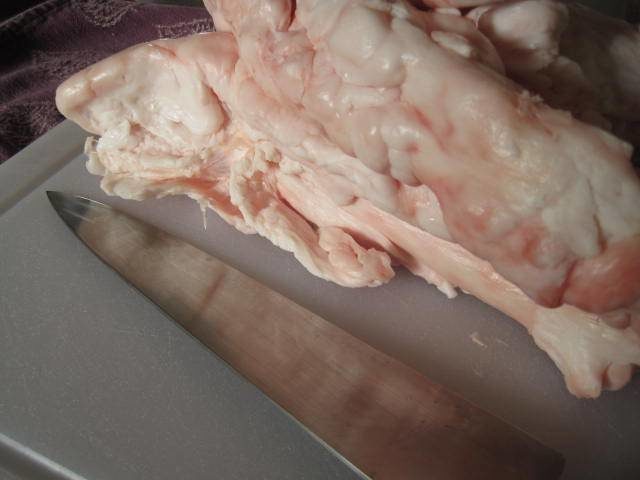
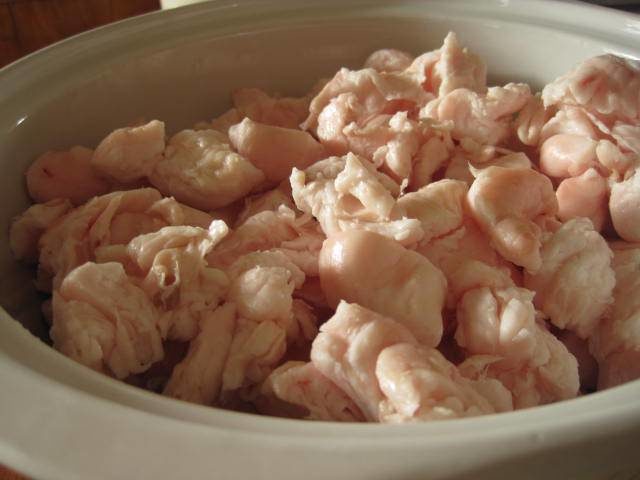
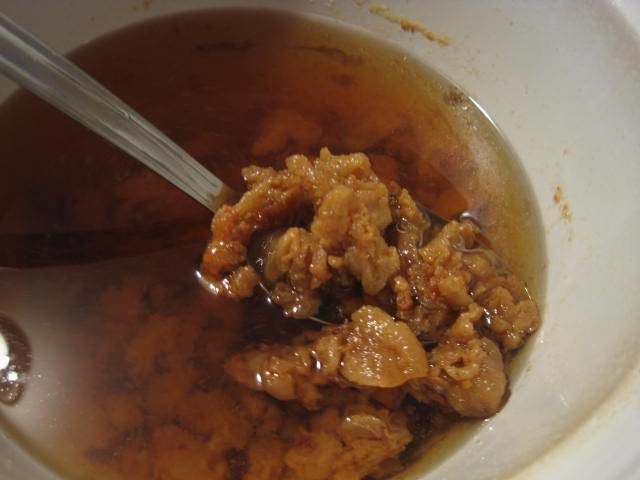
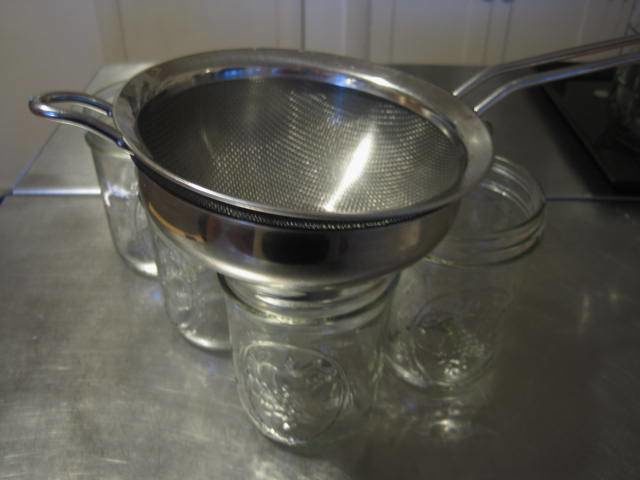
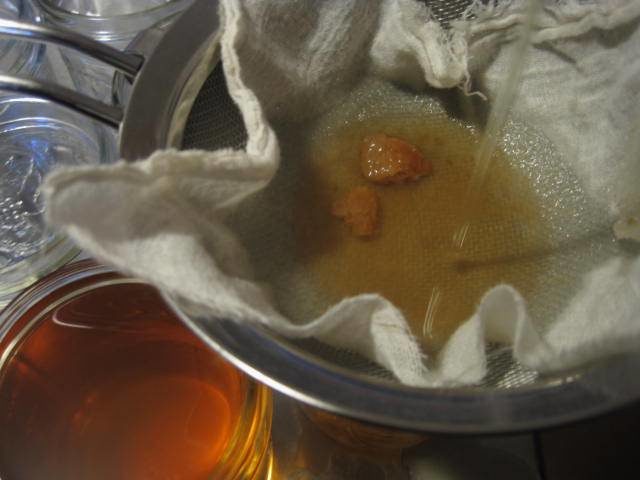
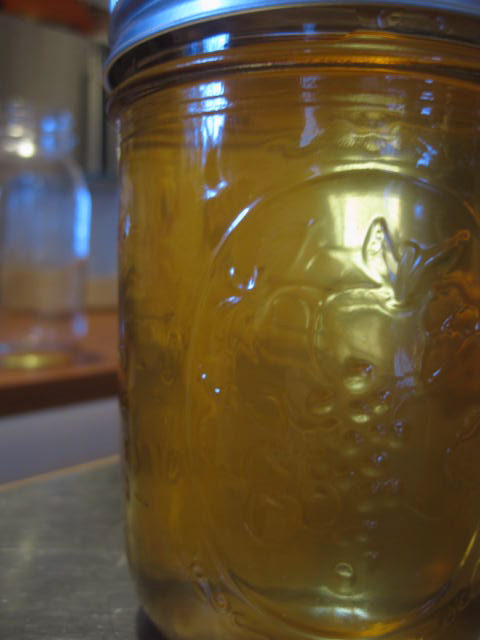



Comment: